Photos: Meet the Newest World Heritage Sites
Namib Sand Sea
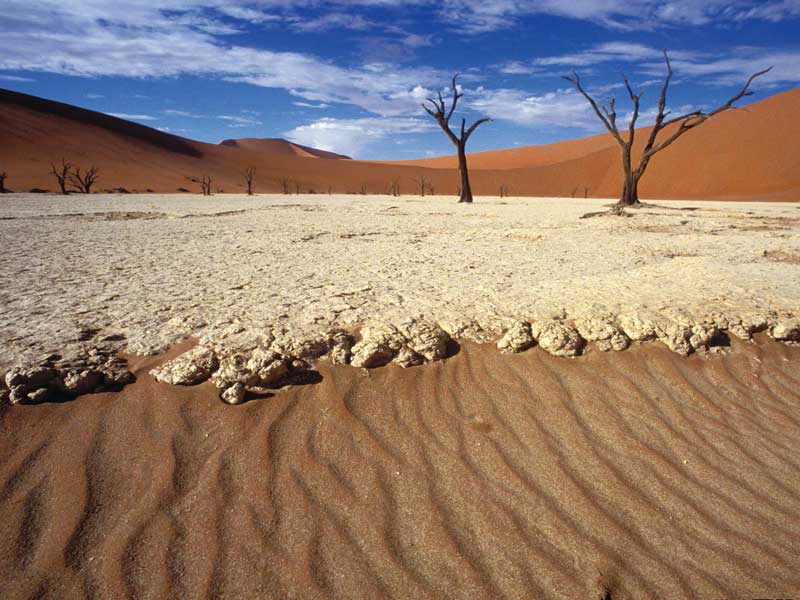
The Namib Sand Sea in Namibia is the only coastal desert in the world that includes extensive dune fields influenced by fog.
Namib Sand Sea
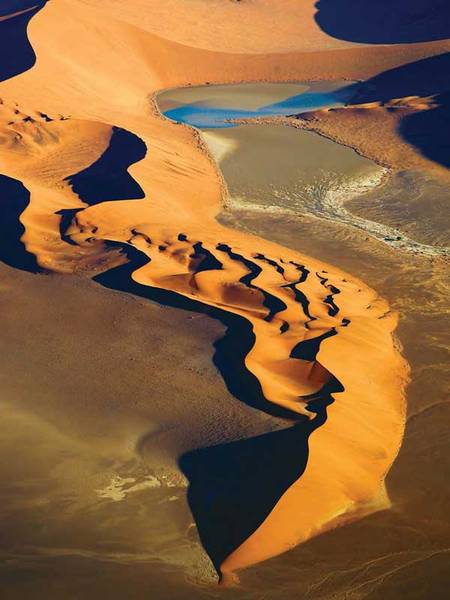
The Namib Sand Sea covers nearly 11,600 square miles (30,000 square kilometers) in Namibia.
Namib Sand Sea

The Namib Sand Sea in Namibia is composed of two dune systems: One that is ancient and semi-consolidated, and a younger active one.
Namib Sand Sea

The Namib Sand Sea in Namibia features gravel plains, coastal flats and rocky hills.
Namib Sand Sea
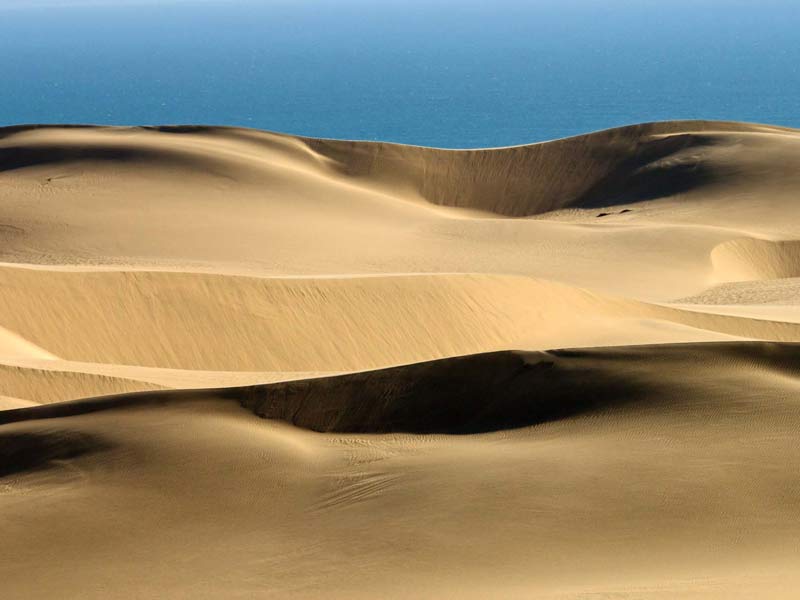
The dunes of the Namib Sand Sea in Namibia are formed by the transportation of materials from the hinterland that are carried by winds, rivers and ocean currents
Namib Sand Sea

Fog is the primary source of water in the Namib Sand Sea in Namibia. The fog accounts for its unique environment for invertebrates, reptiles and mammals.
Mount Kenya Natural Park
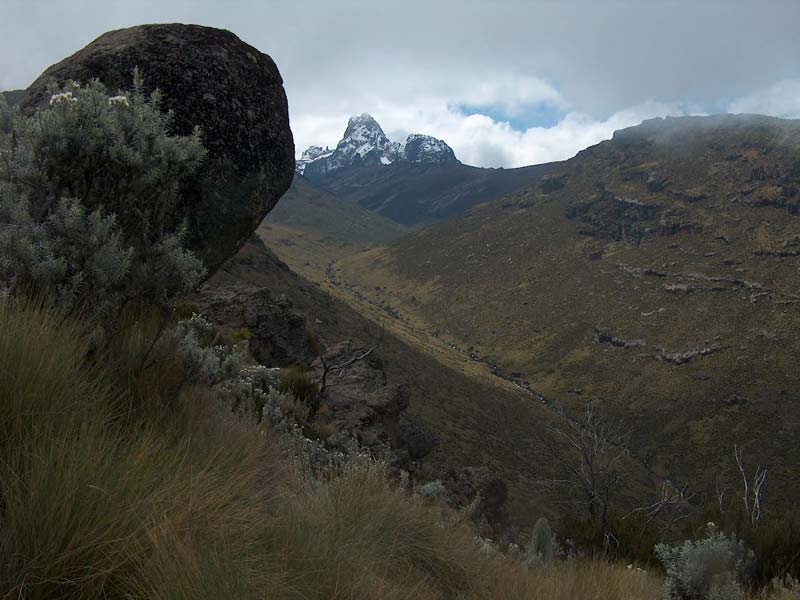
The Mount Kenya-Lewa Wildlife conservancy was included on UNESCO's World Heritage List as an extension to the Mount Kenya Natural Park.
Get the world’s most fascinating discoveries delivered straight to your inbox.
Mount Kenya Natural Park

The Mount Kenya-Lewa Wildlife conservancy consists of nearly 77 square miles (200 square kilometers) situated between a tropical ecosystem and semi-arid savannah grasslands.
Mount Kenya Natural Park
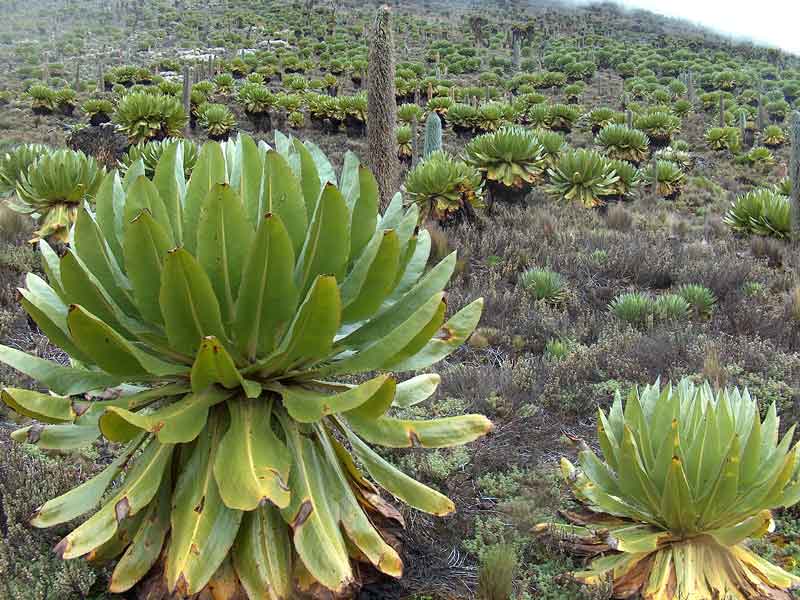
Giant lobelias, a type of flowering plant, at the Mount Kenya-Lewa Wildlife conservancy in Kenya.
Mount Kenya Natural Park
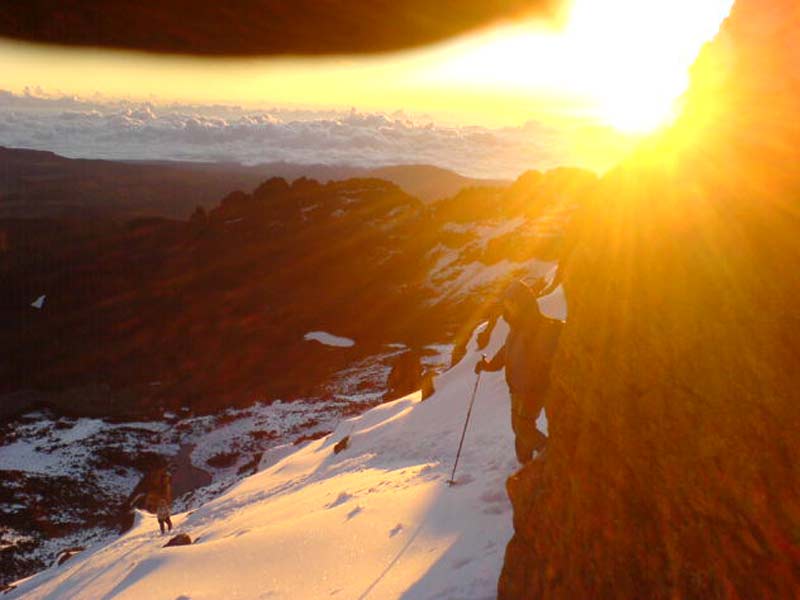
A view from the summit of the Mount Kenya-Lewa Wildlife conservancy.

Denise Chow was the assistant managing editor at Live Science before moving to NBC News as a science reporter, where she focuses on general science and climate change. Before joining the Live Science team in 2013, she spent two years as a staff writer for Space.com, writing about rocket launches and covering NASA's final three space shuttle missions. A Canadian transplant, Denise has a bachelor's degree from the University of Toronto, and a master's degree in journalism from New York University.


